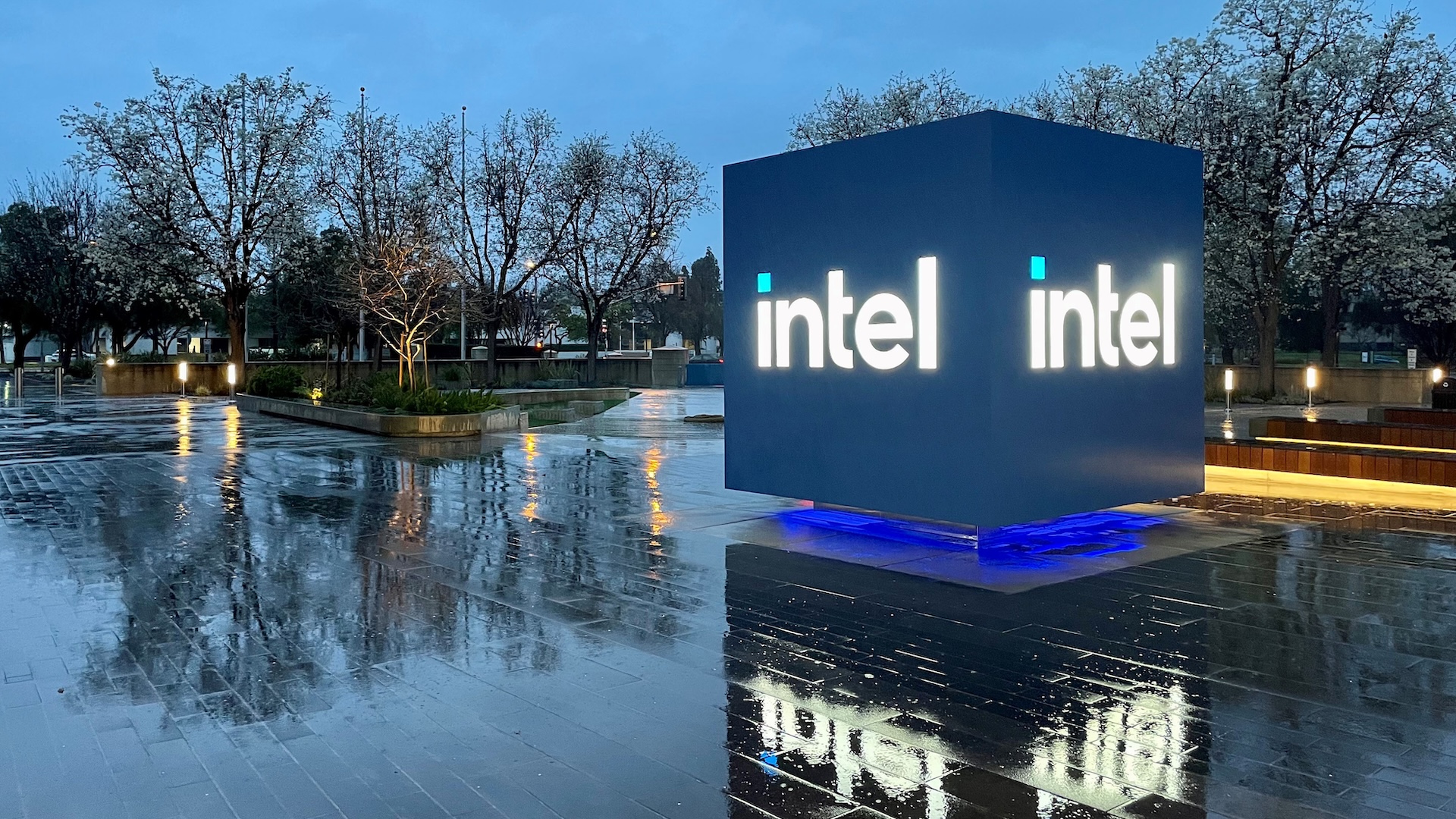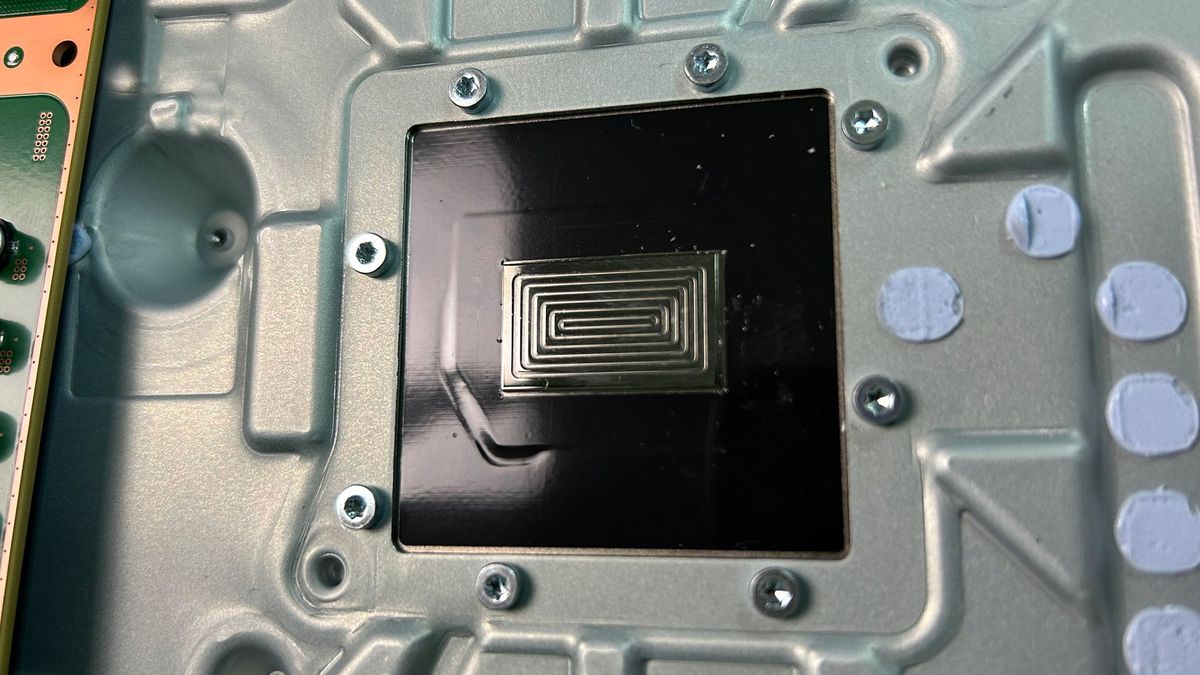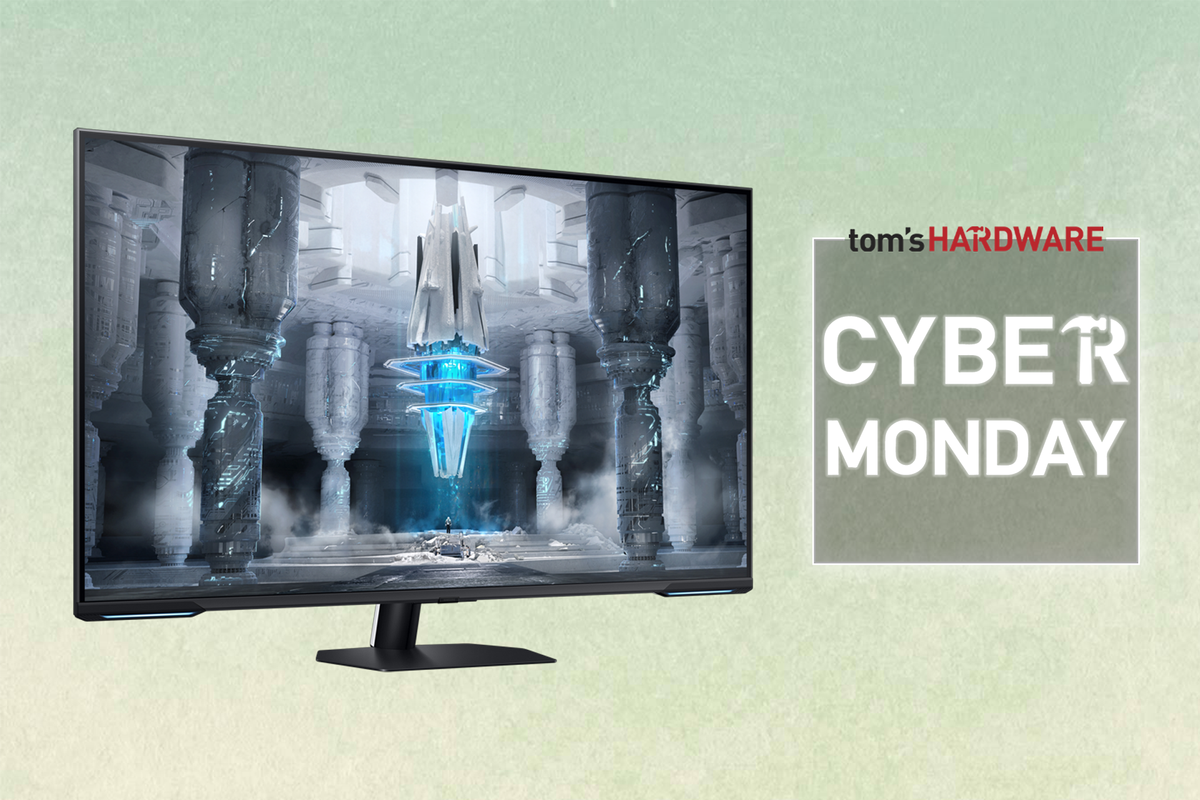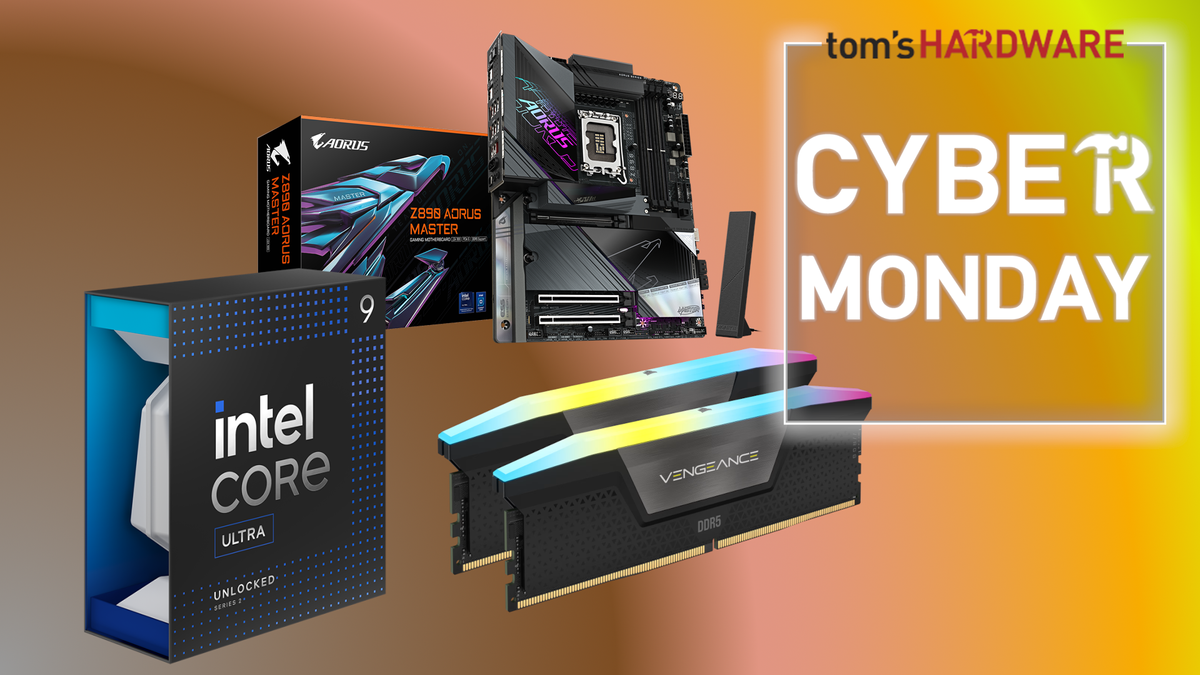In a surprising turn of events on Monday, it was reported that the U.S. government was considering buying a 10% stake in Intel using CHIPS and Science Act in a bid to provide the struggling chipmaker much-needed cash. Coincidentally, SoftBank agreed to acquire Intel stock worth $2 billion, offering Intel another boost. But can an approximately $12.9 billion injection in liquid cash help Intel turn its fortunes?
Grants to equity
That amount would equal about $10.5 billion at Intel's current market capitalization of around $103 billion, which is below the value of the company's real estate and fabrication facilities. However, this decision has yet to officially happen, but there are strong signs pointing toward it.
Under the CHIPS and Science Act, Intel was awarded a package of $7.86 billion in grants and access to up to $11 billion in loans. The latest figure from the Bloomberg report suggests that a potential purchase of equity in Intel would exceed the previously agreed grant, from $7.86 billion, to a reported $10.9 billion, which is $3.3 billion more than previously agreed upon.
The subsidies were structured as reimbursements tied to the buildout of new fabs and construction milestones, so the funds were to be released in tranches over several years. Intel had already received $2.2 billion of those funds in late January 2025, according to Techcrunch.
The new thing about the Trump administration's plan is not more money, but a different form of support. Instead of gradually paying the grants, Washington would convert part (or all) of Intel's $10.9 billion package into equity and Intel in a lump sum, becoming the largest shareholder in the company, with a 10% stake.
As a result, Intel would not get any additional funds from the U.S. government. Intel would receive the funds sooner, and in a lump sum, while the U.S. government would move from a grantor to a shareholder.
The strategic importance of Intel

Intel is a strategically important company for the United States both in terms of economic and national security.
Processors made using leading-edge process technologies are crucially important for American companies, such as Apple, AMD, Dell, HP, Nvidia, Qualcomm, and dozens of others. Without advanced silicon, these companies will quickly lose competitive positions to Asian rivals, which might result in trillions in losses to the U.S. economy.
Intel directly employs tens of thousands in high-skilled engineering and factory jobs, though the company enacted significant layoffs in June 2025.
There's a ripple effect across suppliers, construction, and local economies, with the large number of people Intel employs. Additionally, large projects — such as the Ohio campus, known as the Silicon Heartland — are drivers of national and local economies, and are political symbols of American industrial strength and job creation.
The advantages of having a homegrown manufacturer
Advanced military and intelligence systems increasingly depend on advanced processors, many of which are now produced by TSMC in Taiwan or Samsung in South Korea. However, a domestic supplier ensures that chips intended for defense and aerospace programs are securely sourced and not exposed to supply chain disruptions or espionage risks.
Also, having a strong U.S. chipmaker improves America's position in negotiations with allies (Japan, South Korea, Taiwan, and the E.U.) that are also investing in semiconductors, and adversaries like China.
Intel is the only U.S.-based company with ambitions to make chips using leading-edge process technologies on American soil. While both TSMC and Samsung Foundry intend to build chips for U.S. companies in Arizona and Texas using advanced production nodes, they will not be their latest nodes.
In that sense, it is crucial for the U.S. government not only to keep Intel alive but also to ensure that it prospers. Losing Intel as a major player in the semiconductor industry would erode the U.S.'s foothold in one of the most important industries for the 21st-century economy, and make the country vulnerable to supply chain interruptions or foreign espionage initiatives.
Is $12.9 billion enough to save Intel?
Intel's fab projects in Arizona and Ohio are part of the U.S. push to re-shore advanced manufacturing, so the country is not entirely dependent on foreign foundries. While Intel is about to begin high-volume manufacturing (HVM) at its Fab 52 and Fab 62 facilities in Arizona, HVM in Ohio has been pushed away from late 2025, to before 2030. But the importance of the Silicon Heartland in Ohio is hard to overestimate.

Intel's Silicon Heartland project in Ohio — the company's first greenfield manufacturing site in decades — has heavily relied on government funding under the CHIPS Act, is instrumental to Intel's foundry ambitions.
The planned Ohio site will span about 1,000 acres (4 km²), with room for as many as eight chip fabs along with facilities for suppliers and partner firms. Intel projected that a complete build-out could cost roughly $100 billion, while the initial phase was budgeted at about $28 billion for two fabs and support facilities.
If Intel had four new fabs capable of producing chips on its latest process technologies, 20A and 18A, by late 2025 or early 2026, it would have capacity for its own products and foundry customers.
However, as the semiconductor market shrank in 2022 – 2023 and Intel failed to get commitments from big customers, it delayed multiple projects and scaled down its capital expenditures in 2023 - 2024.
As a result, while the Arizona fabs are enough to serve Intel's own needs and some foundry customers, it is unknown whether Intel can accommodate a large foundry client, such as Apple, Nvidia, or Qualcomm.
Intel needs to prepare for clients

If Intel plans to land a major foundry customer, it needs additional production capacity that is specifically tailored for contract chipmaking (i.e., a high-mix/low-volume fab). Since Intel is preparing to build in Ohio, the best way for the company to build additional capacity likely is to construct at least one fab in Ohio to produce chips using its 18A-P or 14A process technologies. It's also possible that Intel could build an additional fab at its Arizona site, which has all support facilities in place and a supply chain around it.
But, no matter where the new fab is — which will have both current-generation Low-Numerical Aperture (NA) and next-generation High-NA lithography tools installed — it will cost between $20 billion and $30 billion. This would be a lot of money for Intel, which bleeds billions every quarter. To add to the issue, Intel needs to begin construction as soon as possible to have the available capacity for prospective foundry partners in the years ahead.
According to Intel's latest financial reports, the company has $21.04 billion in cash and cash equivalents. So, an influx of $12 billion could be instrumental in stabilizing the company and accelerating the Ohio site buildout, or starting a new fab phase in Arizona. However, a lot depends on timing.
Since support facilities and supply chains already exist in Arizona, it could be cheaper and faster to add a new fab module in Arizona, rather than accelerating the greenfield site in Ohio.
The political and financial importance of Intel
The combined infusion of $10.9 billion from the U.S. government and $2 billion from SoftBank carries weight well beyond the balance sheet, serving as both a financial lifeline and a symbolic endorsement of Intel, following a rocky patch.
For the U.S. government, converting CHIPS Act support into equity transforms subsidies into direct political ownership, which signals to both the industry and allies that America is serious about rebuilding advanced chipmaking capabilities, particularly through the high-profile Ohio project. Also, SoftBank's $2 billion bet highlights Masayoshi Son's belief in Intel's design and production potential and its relevance amid the ongoing AI revolution.
Together, these moves represent a dual vote of confidence — one stemming from national strategy, the other from commercial opportunity and the strategic importance of Intel. This could reassure markets and strengthen Intel's credibility at a moment when doubts over its competitiveness are quite high.
However, Intel needs to invest money in capacity for its future major foundry customers sooner, rather than later.
Follow Tom's Hardware on Google News to get our up-to-date news, analysis, and reviews in your feeds. Make sure to click the Follow button.

 3 months ago
55
3 months ago
55






 English (US) ·
English (US) ·